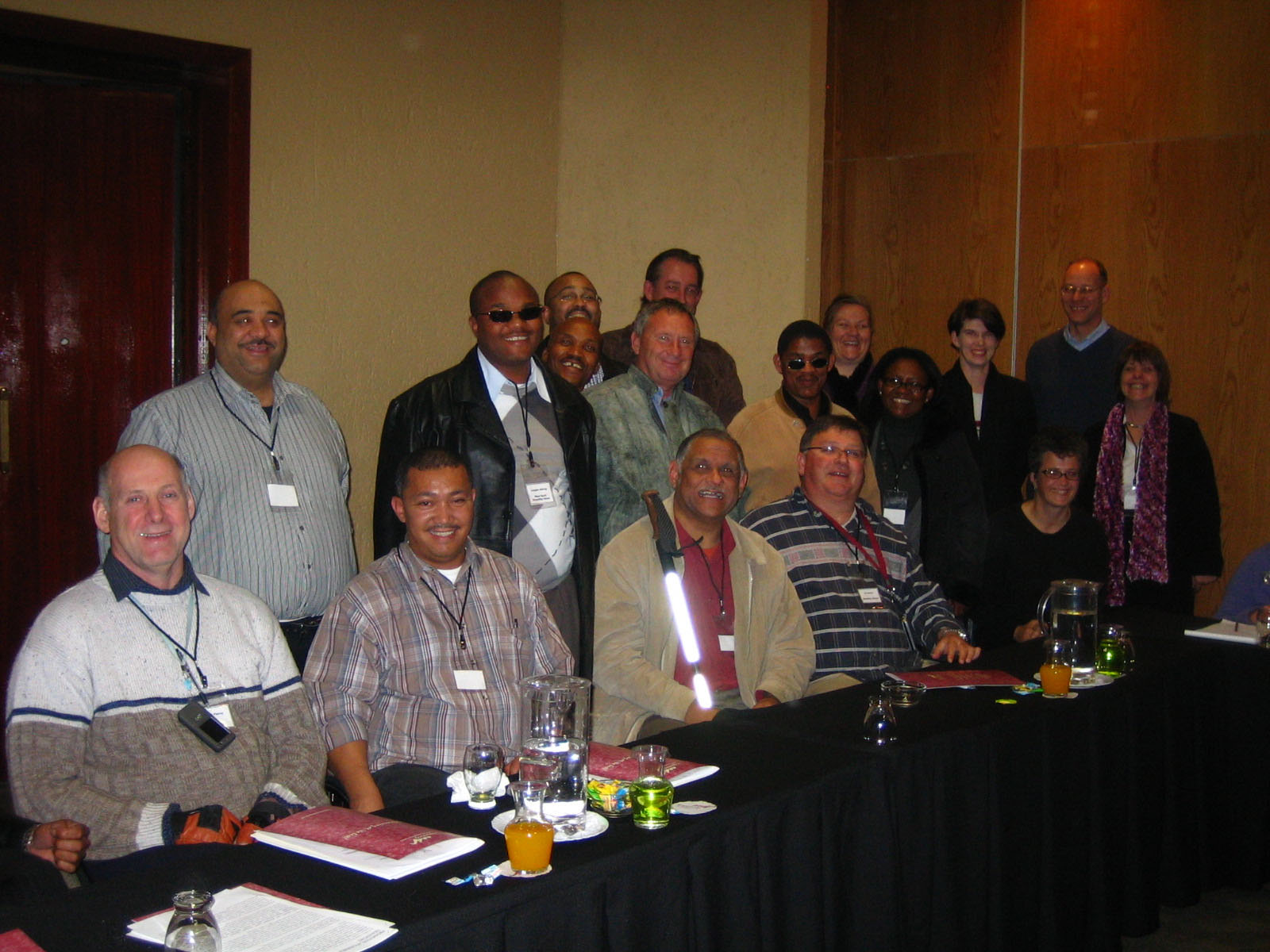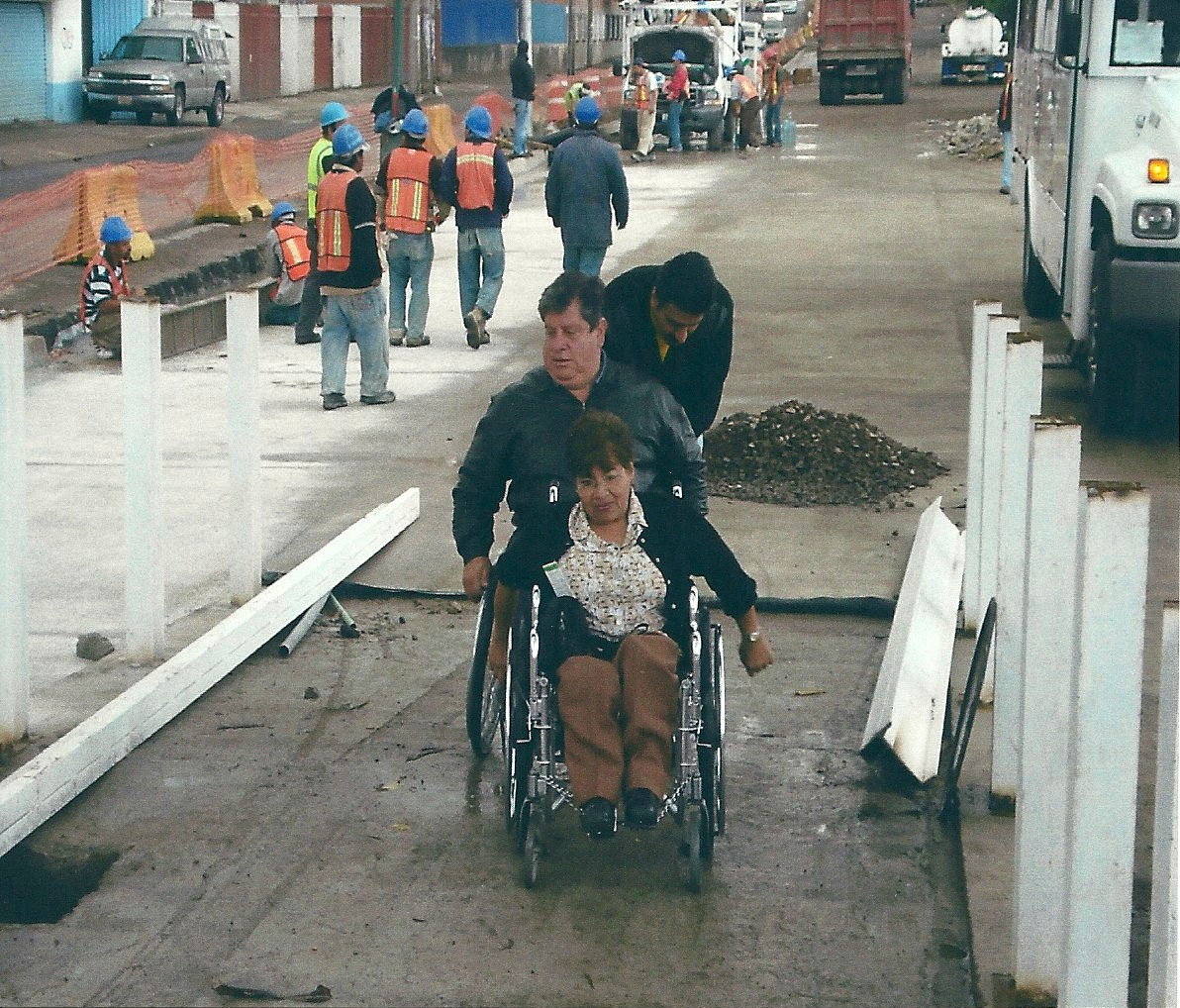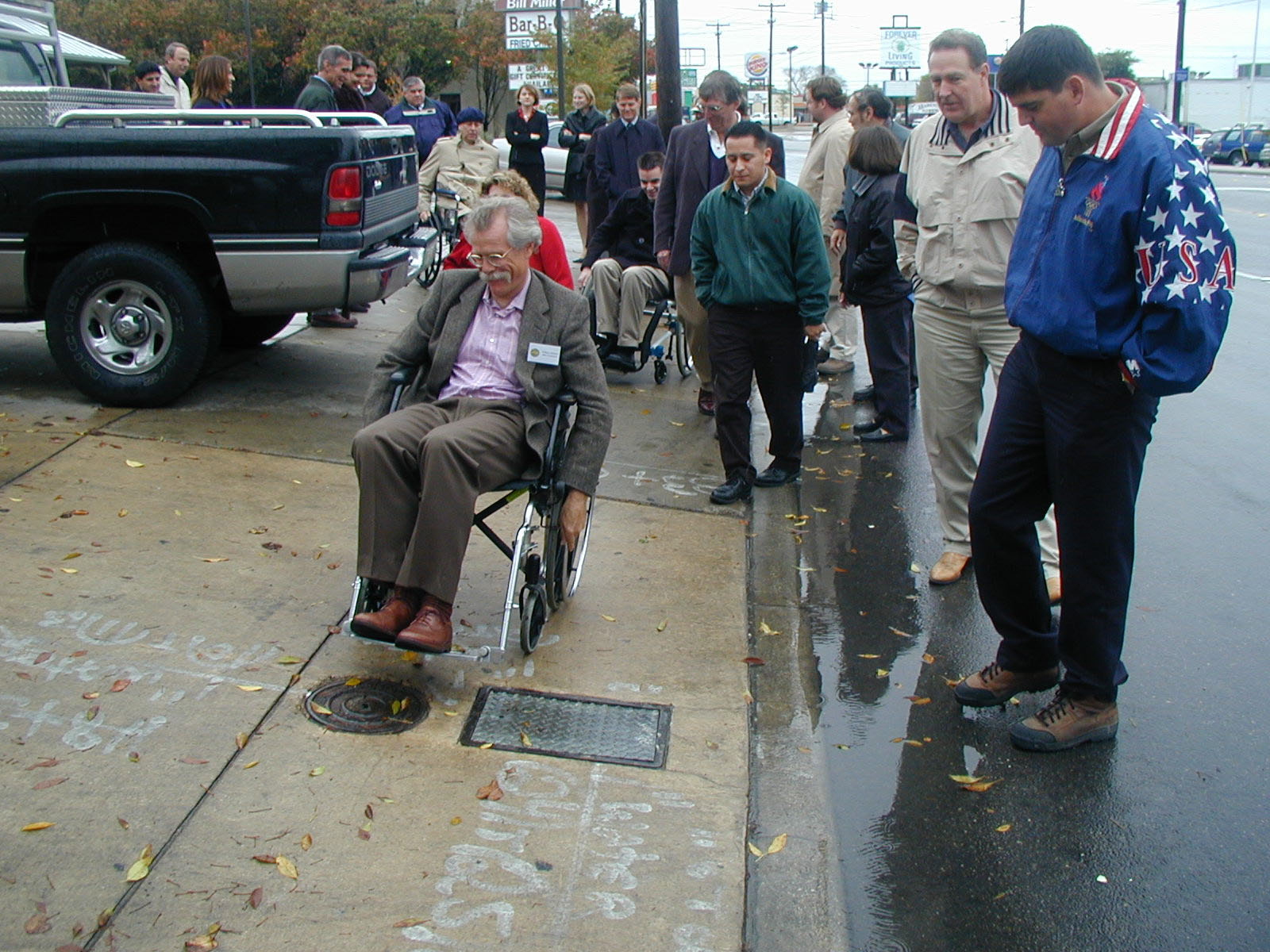30.2Consultation with Customers with Special Needs
The ability to focus on BRT characteristics unique to communities or system users during the design phase of the project allows early solutions and reduces the potential for expensive fixes during the construction phases of the project . . . By taking into consideration user-safety, comfort, and accessibility right from the start, public transport agencies can move forward more quickly and avoid the pitfalls and expensive cost of retrofitting.Project ACTION (2009, p. 11)



It is imperative to consult customers with special needs during the planning and design stages of a BRT system. They can field-test certain aspects such as level boarding and station orientation before the crush of opening day. Too often, the opening day of a BRT system has been accompanied by media coverage of persons with disabilities stating that various access features are either inferior or lacking altogether. Including them in the planning and design process can mitigate this outcome.
Recommended consultations include:
Contact established disability NGOs:
- Share the positive features of BRT design;
- Seek input on ways to enhance universal access features.
Convene short-term focus groups to enhance universal access features. during the planning and design stages o
- Composed of six to twelve people with different types of physical, sensory, and cognitive impairments, including frail seniors;
- Identify travel barriers;
- Prioritize access features;
- Field-test access features, or mock-ups thereof;
- Focus on trunk-line and feeder-line issues.
Schedule construction tours:
- Identify overlooked elements.
Tour other BRT systems:
- Identify transferable elements.
Establish ongoing advisory committee:
- Approximately fifteen to thirty people with different types of physical, sensory, and cognitive impairments, including frail seniors;
- Include representatives from throughout the BRT service area;
- Meet monthly during planning and design, and periodically thereafter;
- Review planning for inclusive design and operation;
- Work directly with the system operator;
- Monitor system accessibility, compliments, and complaints.
Participate in interagency working groups:
- Typically includes representatives of government ministries and external stakeholders;
- Encourage multi-jurisdictional planning and cooperation;
- Focus on long-term accessibility issues.
A model flyer, “BRT and You” prepared by the World Bank in 2010 for use by persons with disabilities, discusses some of the characteristics of BRT, and how planners and customers with disabilities can work together.